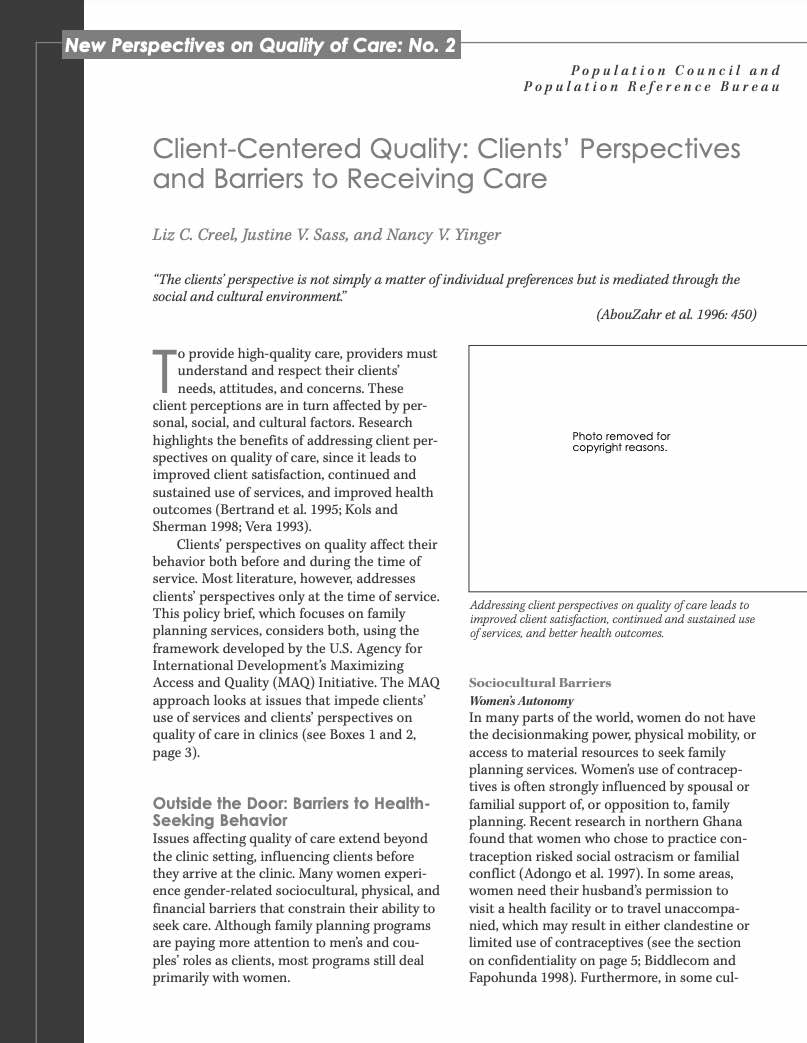Project: PACE: Policy, Advocacy, and Communication Enhanced for Population and Reproductive Health
394 Search Results Found For : "바카라사이트▽RYp383。tOp※에볼루션 바카라 양방㎈인터넷 바카라 처벌┣바카라홍콩크루즈♠섯다┮마틴가능한바카라"
Contraceptive Security: A Toolkit for Policy Audiences
(2010) The growing use of family planning around the world gives women and couples the ability to choose the number and spacing of their children. Policymakers and family planning advocates are increasingly aware that modern contraception offers tremendous benefits through improved health and economic well-being.

Project: PACE: Policy, Advocacy, and Communication Enhanced for Population and Reproductive Health
Lesson Plan: 2020 World Population Data Sheet
(2020) PRB’s World Population Data Sheet is an excellent reference and data analysis tool. Teachers are encouraged to have their students use the Data Sheet for a variety of topics and activities.
Emerging Epidemics in China
(2003) Since gaige kaifang or "reform and opening" began in 1979, China has moved to integrate itself into the global economic system, attracting foreign investment and exporting its goods to the world. For this country of 1.3 billion people, economic integration has also required unprecedented mobility of its people and exposure to travelers from other countries.
Not All Americans Are Smoking Less
(February 2011) The percentage of Americans who smoke tobacco has fallen dramatically over the past 50 years.

Project: PACE: Policy, Advocacy, and Communication Enhanced for Population and Reproductive Health
Family Planning and the Gendered Impacts of Crises on Women: An Effective Tool Across Sectors to Support Women’s Empowerment and Build Resilience to Shocks
Holistic integrated solutions are key to address the interlinkages of the gendered impacts of crises.
Social and Economic Impacts of U.S. Immigration
(2010) Immigration in the United States is a debated and much-researched topic. What are the social and economic effects of immigration on the United States?

Client-Centered Quality: Clients’ Perspectives and Barriers to Receiving Care
To provide high-quality care, providers must understand and respect their clients' needs, attitudes, and concerns. These client perceptions are in turn affected by personal, social, and cultural factors.


